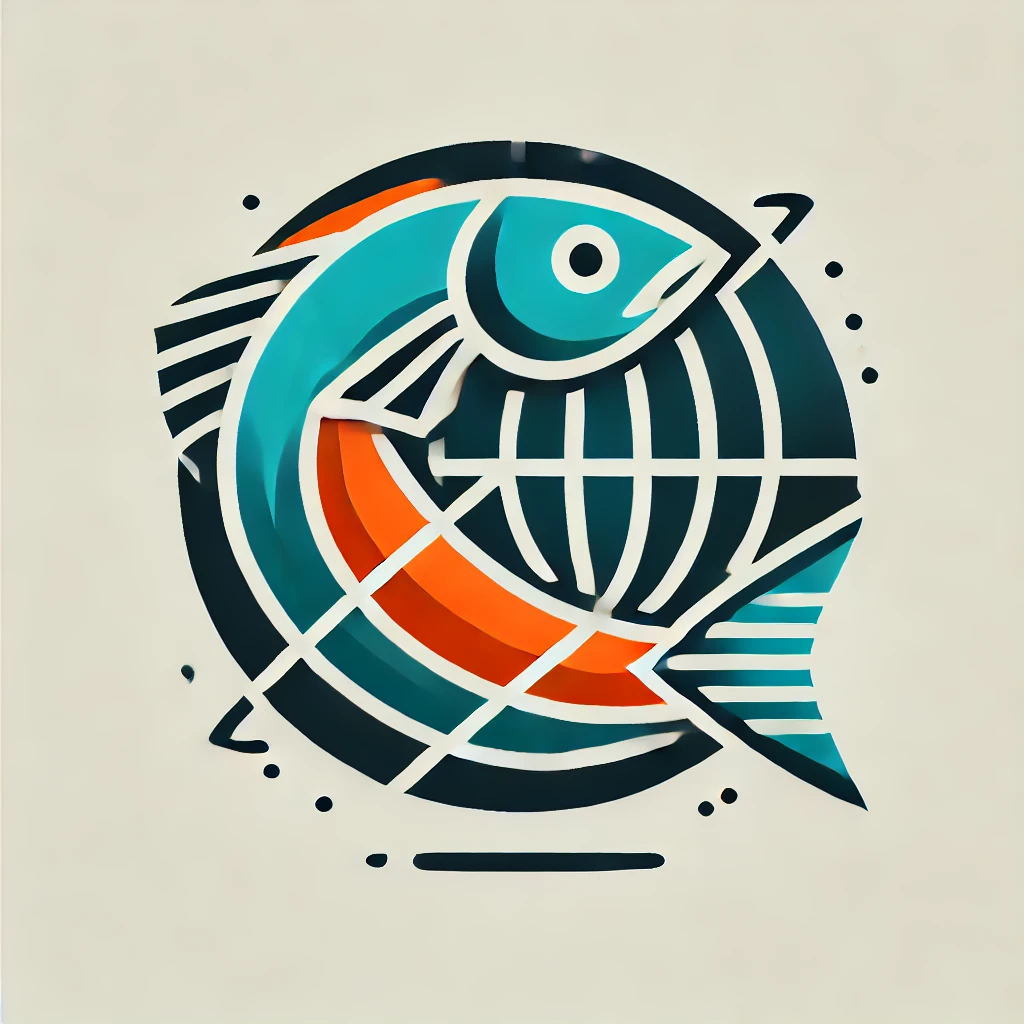European Squid Fishing Opportunities in Italy
The European squid (Loligo vulgaris) is a sought-after cephalopod species native to the northeastern Atlantic Ocean and the Mediterranean Sea. Anglers interested in unique marine experiences often look to the waters of Italy, where the European squid thrives in coastal and offshore areas. Known for its fast movements and short lifespan, this species offers both excitement and challenge for those seeking to fish in foreign waters. Its presence in Italy is well-documented, particularly in regions like the Tyrrhenian and Adriatic seas, where the marine environment supports robust populations year-round.
European squid typically inhabit depths ranging from 10 to 500 meters, although they are more commonly found between 20 and 100 meters. These squid are pelagic, meaning they spend most of their time in the open water column rather than near the seafloor. This behavior makes them ideal targets for jigging techniques, particularly at night when they come closer to the surface to feed. Italy's extensive coastline and diverse marine environments offer ample opportunities for fishing expeditions tailored to catching squid with light tackle or specialized lures.
Best Italian Locations for Squid Fishing
Italy's geography lends itself perfectly to cephalopod fishing. The Ligurian Sea near the northwestern coast provides a productive environment for squid, especially during the cooler months from October to March. The town of La Spezia and surrounding areas are popular spots where both locals and tourists engage in night squid fishing. The Adriatic coast, particularly around Rimini and Ancona, also boasts high catch rates and is well-equipped with fishing charters catering to foreign visitors.
Southern regions such as Sicily and Calabria offer year-round opportunities due to warmer water temperatures and deeper drop-offs near the coast. The Strait of Messina, a narrow passage between Sicily and mainland Italy, is a hotspot for squid due to strong currents and abundant nutrients that attract prey species. These conditions create an ideal habitat for squid aggregation, making it one of the most reliable locations for consistent fishing results. Travelers can find guides and rental equipment easily in these tourist-friendly zones.
Techniques and Equipment for Catching Squid
Fishing for European squid typically involves the use of squid jigs, often referred to as "egi" in the Mediterranean region. These lures are designed to mimic small fish or shrimp and are equipped with rows of sharp barbless hooks to catch the tentacles of the squid. Jigging is the most common technique and can be done from boats, piers, or even rocky shorelines. In Italy, night fishing with LED lights is particularly effective, as it attracts the squid closer to the surface by drawing in plankton and baitfish.
Anglers usually use light spinning rods and reels with sensitive tips to detect the subtle bite of a squid. A fluorocarbon leader can improve lure visibility underwater and withstand the squid's sharp beak. It is important to use a slow and rhythmic jigging motion, as sudden jerks can startle the squid or result in missed hookups. Many Italian coastal towns host local fishing shops where visitors can purchase or rent gear suitable for squid fishing and get advice tailored to the local conditions.
Seasonality and Environmental Considerations
The European squid has a relatively short lifespan of 12 to 24 months, which means its population dynamics are closely linked to seasonal spawning patterns. In Italian waters, spawning generally occurs in winter and early spring, leading to increased catchability during these months. Anglers visiting Italy in autumn and winter often experience better results, as squid tend to school closer to the coast for reproduction. This seasonal behavior is consistent in both the Tyrrhenian and Adriatic regions.
Due to increasing attention on marine conservation, it is important for traveling anglers to stay informed about regional fishing regulations. Some areas in Italy may have size limits, daily catch limits, or restricted seasons to ensure sustainable squid populations. It is recommended to check with local fisheries or harbor authorities before embarking on a fishing trip. Responsible fishing practices, such as avoiding juvenile squid and limiting bycatch, are essential for preserving Italy's marine ecosystems.
Local Culture and Culinary Connections
In Italy, the European squid is not just a fishing target—it plays a significant role in coastal cuisine. Freshly caught squid is often served grilled, stuffed, or fried, and is a staple in many Italian seaside restaurants. Towns like Naples, Palermo, and Bari feature local seafood markets where visitors can witness the day's catch being prepared for sale. Participating in squid fishing offers a deeper connection to local traditions and enhances the overall travel experience.
For anglers who enjoy culinary adventures, many fishing charters in Italy offer cooking services or partner with local chefs to prepare the day's catch. This unique blend of sport and gastronomy appeals to travelers seeking both excitement and cultural immersion. Squid ink pasta, known locally as "spaghetti al nero di seppia," is a traditional dish that showcases the culinary versatility of squid. Fishing tourists often cite these moments—combining adventure with authentic meals—as the highlights of their Italian trip.
In summary, the European squid is a vibrant and accessible species for traveling anglers in Italy. With its widespread distribution, accessible fishing techniques, and deep integration into Italian culture, it offers a rewarding experience for anyone seeking to fish abroad. Whether from a boat off the coast of Sicily or from a pier in Liguria, the thrill of catching a squid beneath the moonlit sky remains a memorable and authentic Italian adventure.

